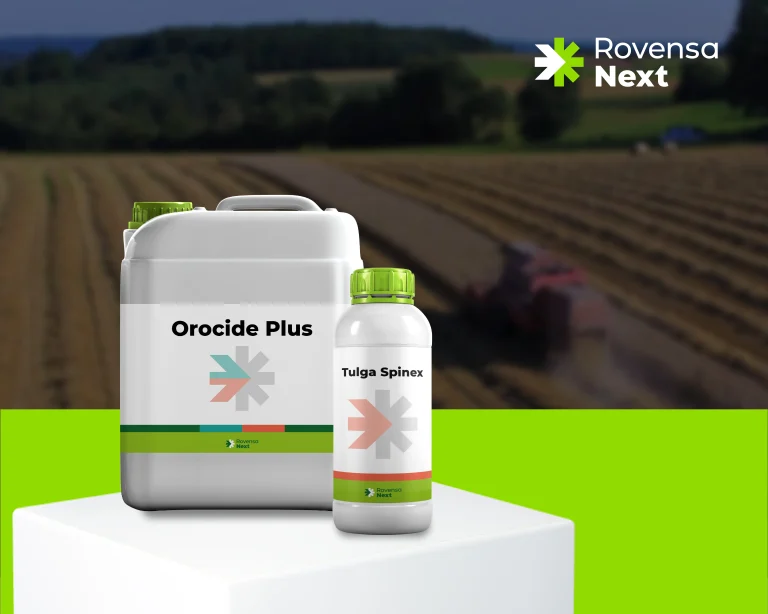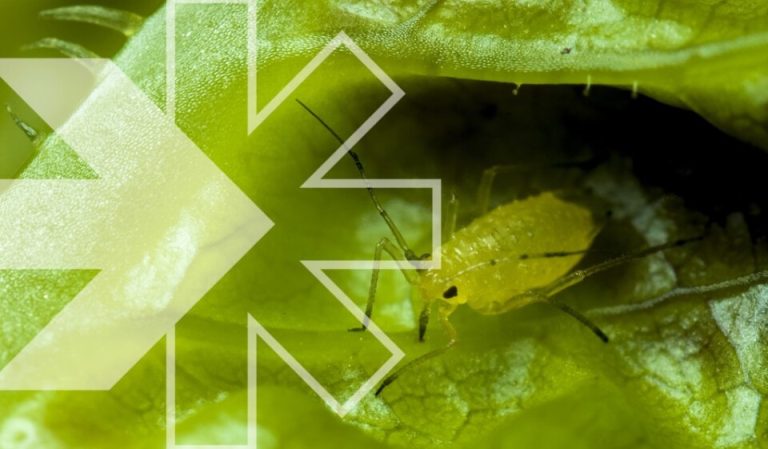Today, as climate change and ecosystem degradation pose increasing risks to global food security, the agricultural sector is beginning to embrace a more balanced, sustainable path. Biosolutions, such as biocontrol agents, biofertilizers, and bionutrition products, are emerging as vital allies in this transition. These nature-based products offer a way to nourish and protect crops without compromising environmental health. Unlike many conventional inputs, they respect the invisible threads that hold biodiversity together, supporting not just crop health but the entire ecosystem in which agriculture thrives.
Scaling up in agricultural technology has significantly transformed farming practices, enabling farmers to meet the increasing demands of a rapidly growing global population. Synthetic fertilizers, pesticides, and herbicides became essential tools, providing quick and effective ways to boost crop yields and protect against pests. However, after decades of extensive use, the unintended environmental and health consequences of these inputs have become increasingly apparent.
While not all synthetic products are inherently harmful, overuse or misuse can disrupt the ecological balance in agricultural systems. Many pesticides, for instance, do not discriminate between harmful pests and beneficial insects. Pollinators like bees, and natural predators such as ladybugs and lacewings, are often collateral victims. Similarly, repeated applications of chemical fertilizers can degrade soil biodiversity, diminishing microbial life that is essential for nutrient cycling and soil structure.
It would be unfair to overlook the role these technologies have played in reducing hunger and improving food security in many parts of the world. Yet, we now have the knowledge and tools to improve upon these methods so that we can evolve towards practices that are both productive and regenerative. The question is no longer whether agriculture can be efficient, but whether it can be both efficient and regenerative.
Biosolutions as allies of biodiversity
Biosolutions represent a new chapter in agricultural innovation: it is one that works with nature rather than against it. These products are based on natural processes and organisms that already exist in the environment, offering sustainable alternatives to many synthetic inputs. Rather than eliminating pests or boosting yields at the expense of the ecosystem, biosolutions aim to support the biological balance that makes long-term agricultural productivity possible.
- Biofertilizers and bionutrition products enrich the soil microbiome and promote natural nutrient uptake in plants. Instead of merely feeding the plant, they nourish the living soil, encouraging the activity of beneficial fungi, bacteria, and earthworms. This builds healthier root systems, improves water retention, and fosters stress resilience.
- Biostimulants, which include plant extracts, seaweed-based products, and humic substances, stimulate natural growth processes. They enhance plant metabolism, improve nutrient absorption, and increase resilience to environmental stressors such as drought, high salinity, and extreme temperatures. Biostimulants work synergistically with other biosolutions to enhance the overall health of crops while minimizing the need for chemical inputs.
- Adjuvants, when formulated from bio-based materials, improve the effectiveness of crop treatments without introducing synthetic additives that may accumulate in the environment. They enhance the delivery of active ingredients while minimizing drift and waste, contributing to a more precise and eco-friendly approach.
- Biocontrol products, for example, use beneficial organisms, such as predatory insects, parasitic wasps, and microbial agents like Bacillus thuringiensis, to control pest populations in a targeted and environmentally responsible way. These solutions are designed to protect beneficial fauna, minimizing harm to pollinators and other non-target species.
Together, these tools represent a shift in mindset, from controlling nature to working with it. They offer farmers a way to protect and nourish their crops while maintaining the integrity of the broader ecosystem. Biodiversity is not an obstacle to productivity; it is its very foundation.
Benefits beyond yield
While sustainability is a growing concern in agriculture, productivity remains essential. Farmers need solutions that protect biodiversity without compromising yield, and this is exactly where biosolutions demonstrate their value. They are designed to support crops and the surrounding ecosystem, helping farmers achieve strong, healthy harvests in a more balanced way.
Biofertilizers and bionutrition products contribute directly to plant growth by improving nutrient availability and uptake. Rather than replacing yield-focused strategies, they enhance them, boosting root development, supporting photosynthesis, and increasing stress tolerance. This often leads to not only better-quality crops but also more consistent performance across varying conditions.
Biostimulants enhance overall plant vitality, boosting growth and improving resilience. Plants treated with biostimulants show better tolerance to environmental stress, such as drought and temperature fluctuations, which makes them more likely to thrive in challenging conditions. Over time, this often leads to healthier crops and increased yields over time, particularly in regions experiencing climate extremes.
Meanwhile, bio-based adjuvants improve the efficiency of foliar applications, helping products adhere better and act faster, reducing the need for additional treatments. This results in more effective crop protection, with a lighter footprint.
Biocontrol agents provide targeted pest management while safeguarding beneficial insects and pollinators. Unlike broad-spectrum chemical pesticides, which can disrupt the natural balance, biocontrol products work with precision. This enables auxiliary fauna to continue their vital roles in the field, including pollination, natural pest control, and maintaining soil health.
Ultimately, biosolutions are not about sacrificing productivity for sustainability, they are about achieving both. With the right application strategy and support, these products deliver tangible results in the field while also contributing to long-term soil fertility, ecological balance, and resilience.
Bridging the gap: a call for integrated approaches
The shift toward biosolutions does not mean abandoning conventional tools entirely. In fact, the most successful farming systems often use a combination of approaches to manage challenges effectively. Integrated pest management (IPM) and integrated soil fertility management (ISFM) offer powerful frameworks for blending biosolutions with traditional methods in a way that supports both biodiversity and productivity.
Farmers can create a more resilient agricultural system by integrating biocontrol products, biofertilizers, and adjuvants alongside other traditional tools when necessary. The goal is to minimize the environmental impact of agrochemicals while still meeting the practical needs of modern agriculture.
This brings a flexible approach, acknowledging that while biosolutions offer sustainable alternatives, they may not always be sufficient in all scenarios, especially in the face of large-scale pest outbreaks or extreme nutrient deficiencies. However, when used strategically, biosolutions reduce the reliance on harsh chemicals, improving the long-term health of both the land and its biodiversity.
Many farmers are already leading the way in adopting this integrated approach. Examples from around the world demonstrate that combining nature-based solutions with conventional tools can lead to increased yields, healthier soils, and a reduction in pesticide use over time. These forward-thinking farmers understand that sustainability and productivity are not mutually exclusive. In fact, they often go hand in hand.
Encouraging this holistic approach means supporting farmers with education, access to innovation, and clear guidance on how to combine these products in harmony. By fostering a diverse toolbox of solutions, we can ensure that agriculture continues to thrive, both economically and ecologically.
Conclusion: a sustainable, productive future
As we look to the future of agriculture, one thing is clear: the challenge of feeding a growing global population while protecting the environment cannot be solved with one-size-fits-all solutions. The transition to more sustainable farming practices requires embracing innovation, particularly in the form of biosolutions that respect and enhance biodiversity.
Biosolutions such as biofertilizers, bionutrition, biostimulants, adjuvants, and biocontrol products are already proving that high yields can be achieved while protecting the ecosystems that support us. These products offer a more harmonious way forward by promoting soil health and reducing the environmental impact of chemical inputs. Likewise, they do not ask farmers to choose between productivity and sustainability; they deliver both.
While there is still work to be done integrating these technologies more widely, the progress we’re seeing gives hope for a future where agriculture can thrive alongside the ecosystems it depends on. This is not just a possibility but an opportunity, and one that respects the balance of nature while providing the tools needed to feed the world.
By continuing to innovate, educate, and collaborate, we can create a more resilient, diverse, and productive agricultural system that serves both people and the planet.














